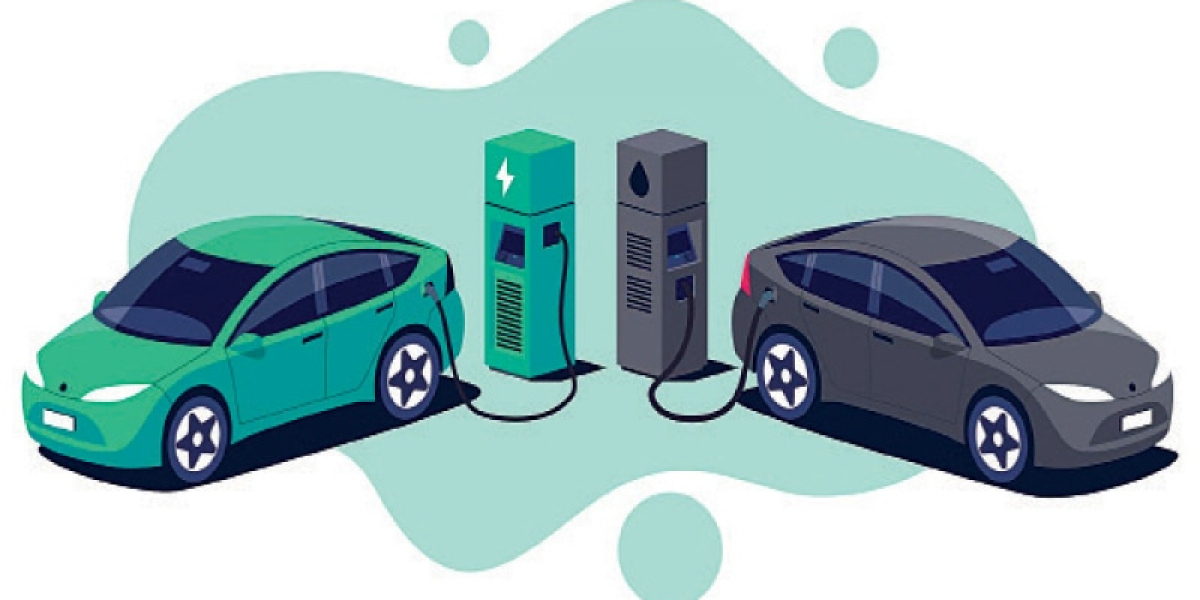The global shift towards electric vehicles (EVs) is accelerating, driven by technological advancements, environmental concerns, and supportive policies. Central to this transformation are electric companies, which are not only facilitating the integration of EVs into the energy grid but also actively promoting their adoption. This article explores the multifaceted roles electric utilities play in powering the rise of EVs, including infrastructure development, grid management, policy advocacy, and consumer engagement.
Infrastructure Development
A primary challenge in the widespread adoption of EVs is the availability of charging infrastructure. Electric companies are uniquely positioned to address this challenge due to their expertise in energy distribution and infrastructure management. In the United States, for instance, over 50 utilities have formed the National Electric Highway Coalition, aiming to establish a network of fast-charging stations along major travel corridors by the end of 2023. This initiative seeks to fill existing infrastructure gaps and alleviate range anxiety among potential EV users.
Similarly, in California, the state's investor-owned utilities have been approved to invest $197 million in light-duty vehicle charging infrastructure, with plans for more than $1 billion in further development. These investments encompass residential and public chargers, direct-current fast chargers, and chargers for medium- and heavy-duty vehicles, demonstrating a comprehensive approach to infrastructure expansion.
Grid Management and Load Balancing
The integration of EVs presents both opportunities and challenges for grid management. While increased electricity demand from EV charging can strain existing infrastructure, it also offers potential benefits if managed effectively. Utilities are developing strategies to optimize charging patterns, such as implementing time-of-use (TOU) rates that incentivize off-peak charging. For example, California utilizes TOU rates to manage peak loads, encouraging EV owners to charge their vehicles during periods of low electricity demand.
Moreover, vehicle-to-grid (V2G) technology enables EVs to supply power back to the grid during peak periods, enhancing grid resilience and efficiency. By adopting smart charging solutions and V2G integration, utilities can transform EVs into valuable grid assets, providing ancillary services and improving overall stability.
Policy Advocacy and Incentives
Electric companies are actively involved in policy advocacy to support EV adoption. By collaborating with policymakers, utilities help shape regulations and incentives that promote the transition to electric transportation. In California, for instance, utilities have supported policies mandating that a significant percentage of new car sales be zero-emission vehicles, aligning with the state's ambitious climate goals.
Furthermore, utilities often offer direct incentives to consumers, such as rebates for EV purchases or charging equipment installations, and special electricity rates for EV owners. These initiatives not only make EV ownership more accessible but also encourage charging behaviors that benefit the grid.
Consumer Education and Engagement
Educating consumers about the benefits and practicalities of EV ownership is another critical role of electric companies. Utilities provide resources and programs to inform customers about EV options, charging infrastructure, and available incentives. For example, some utilities offer online tools to help consumers understand the cost savings and environmental benefits of switching to an EV. By increasing awareness and addressing common concerns, utilities can accelerate the adoption of electric vehicles.
Case Studies
California's Charging Infrastructure Expansion
California has been at the forefront of EV adoption, with utilities playing a pivotal role in expanding charging infrastructure. Between August 2024 and February 2025, the state added over 26,000 EV chargers, marking a 17.1% increase. This expansion supports California's mandate that 35% of new cars sold starting next year must be zero-emission, rising to 100% by 2035. The growth of shared private chargers is also critical for residents in multi-unit dwellings, addressing accessibility challenges.
Austin's Federal Grant for Charging Ports
In Austin, Texas, the city and Austin Energy secured a $15 million federal grant to install 284 EV charging ports across the city. This initiative aims to support the growing number of EVs in the area and address charging infrastructure gaps in low to moderate-income neighborhoods, underserved communities, and multi-family housing. By targeting these areas, the project ensures equitable access to charging facilities, promoting broader EV adoption.
Maryland's EV Charging Program Challenges
Conversely, Maryland's experience highlights the challenges utilities can face in EV infrastructure development. After investing millions in setting up EV chargers, the state terminated its charging station program due to issues like low usage and maintenance problems. A 2022 survey revealed that only 71% of fast chargers were fully functional, falling short of the federal standard of 97% uptime. This case underscores the importance of strategic planning and ongoing maintenance in infrastructure projects.
International Perspectives
Internationally, utilities are also instrumental in promoting EV adoption. In Norway, for example, the robust EV drivers' association, Norsk Elbilforening (Elbil), has been pivotal in accelerating the country's shift to electric cars. Under Christina Bu's leadership, Elbil has grown significantly, effectively lobbying for EV-friendly policies and contributing to Norway's position as a global leader in EV adoption.
Conclusion
Electric companies are central to the successful integration of electric vehicles into modern transportation systems. Through infrastructure development, grid management, policy advocacy, and consumer engagement, utilities facilitate the transition to electric mobility. While challenges remain, the proactive involvement of electric companies is essential in overcoming barriers and ensuring a sustainable, electrified future.














